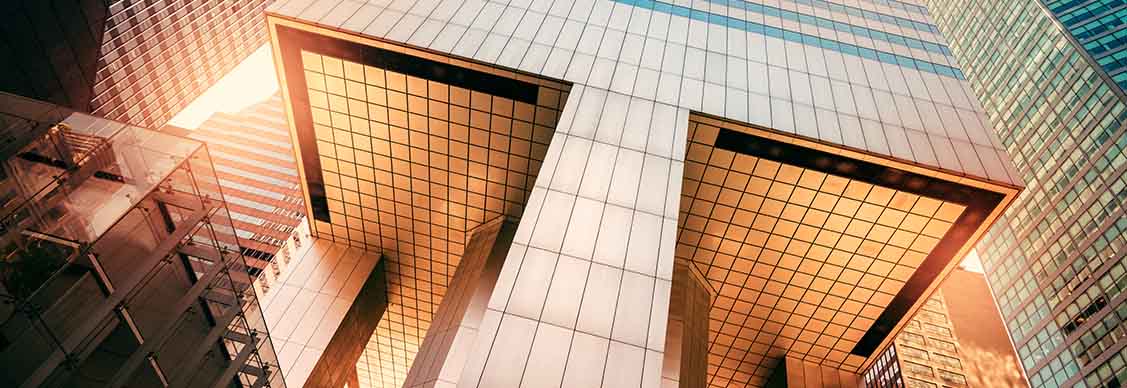Four reasons why the future of cities in Africa looks bright
Louise Collins, Head of Project & Development Services UAE and Head of Engineering & Energy MEA, decodes the future of African cities.
With its population set to double by 2050, Africa is at the cusp of an exciting time from a built environment perspective. Market watchers will closely monitor how the new cities will shape up to accommodate over two and a half billion people. Interestingly, nearly 50% of Africans will live in cities by 2030; this growth brings challenges and opportunities. Using lessons learned worldwide and across Africa in the next decade could be game-changing for building new, sustainable cities.
So, what gives Africa the edge?
The merger of human and natural resources
While the energy crisis plagues most parts of the world, currently, only 45% of Nigeria is connected to the grid, implying a major power shortage. The good news is that sustainability does not always have to cost more if planned better. For instance, Russia and Africa have some of the world's best renewable energy resources. Africa alone owns 60% of the world's solar resources and has wind resources that can power the continent 250 times over! Also, by 2040, the youngest population could be living in Africa. If that can be efficiently merged with the opportunities of the upcoming cities, focusing on how to make them efficient, it could be the perfect storm.
Commitment coupled with a strong legislative push
Africa contributes 2-3% to global greenhouse emissions, faring much better against some cities that account for 70% of global emissions. Around 33 African countries have signed the Paris Agreement, which is a big commitment. However, without fundamental investment, roadmaps will be crucial. This calls for making and implementing these commitments alongside green building certification programs such as EDGE, BREEAM and LEED. Sustainability development goals (SDGs) are relatively on track in southern Africa, and a few gaps can be plugged in with a robust legislative framework.
On JLL’s Global Real Estate Transparency Index 2022, the Sub-Saharan Africa region has seen limited progress in 2018 and 2020. Several of the region’s larger markets have registered modest advances.
In South Africa, for example, Environmental Performance Certificates (EPCs) are now required to be publicly displayed, and there is ongoing work on a national public database of EPC registrations.
Kenya has seen the launch of Ardhisasa (a national land information system) and new beneficial ownership regulations. In Nigeria, establishing the Lagos State Real Estate Regulatory Authority and developing an online portal for planning applications have also brought more clarity.
Morocco and Tunisia have mandatory building codes covering the entire building sector. Ghana and Nigeria have regulations that cover part of the sector, Egypt and South Africa have voluntary codes, and Botswana, Burundi, Cameroon, Cote D’Ivoire, Ghana, the Gambia, Kenya, Senegal, Tanzania and Uganda are developing building codes standards. The remaining 38 African countries are yet to implement building energy codes.
But generally, if Africa can keep up with its commitment, the impact will be much more positive than its counterparts as legislation pushes sustainability into real action.
A blend of traditional and modern ways
Future African cities will face different challenges in planning around existing districts. The big question here is how they can be enhanced or whether the planners will need to start over. The solution is merging old with new. Regeneration and urban regeneration happen in many cities in the world, taking a cue in planning, Africa must consider passive design across big urban spreads. Africa’s new building infrastructure must be based on renewable energy and diversifying where technology and data allow it to plan and optimise systems. Looking at historical data across traffic and buildings, efficient planning with renewable resources could save approximately 70% of the energy that was peak loading across that city. Again, planning and adopting a circular economy is critical, which applies to renewables, materials and supply chains. Some best practices like vernacular architecture, wind tunnel labyrinths and materials such as mud will go a long way in developing a sustainable built environment. It is fundamental to reuse all those things that bring value to Africa and its people, create jobs and reduce its global footprint.
Driving value through innovation
It is a great head start that there's already an uptake of innovative business models. Kenya has successfully set up a green building society, an independent, non-profit membership-based society registered with the World Green Building Council as its Kenya Chapter. In Kenya, green buildings are selling quicker or leasing faster with more premium clients. It is a no-brainer that the value of carbon will escalate in the next few years. Everyone's focused on the dollar, but several other factors, like carbon taxes and penalties, will be at play in the next few years.
Sustainability is about the return on investment, bringing tangible value to buildings, cities and people. An existing building could result in energy bill savings, while a new building will likely get a higher valuation. Nevertheless, both new and existing buildings will yield higher rentals.
Africa's sustainable urbanisation journey is paving the way for creating future cities that are environmentally resilient, socially inclusive, and economically prosperous. By embracing sustainable infrastructure, harnessing technology and innovation, and prioritising inclusivity and livability, African nations are charting a path towards urban development that benefits both present and future generations.
Within JLL’s Project & Development Services teams, we help organisations create places that build communities and deliver financial, social and environmental value through our end-to-end approach from advisory to delivery.
